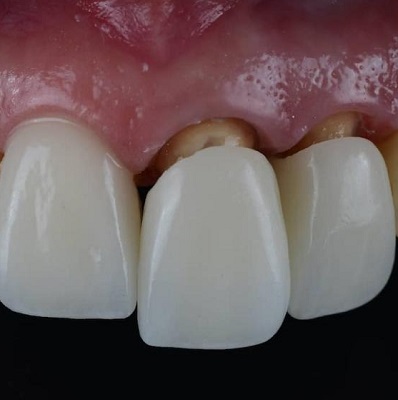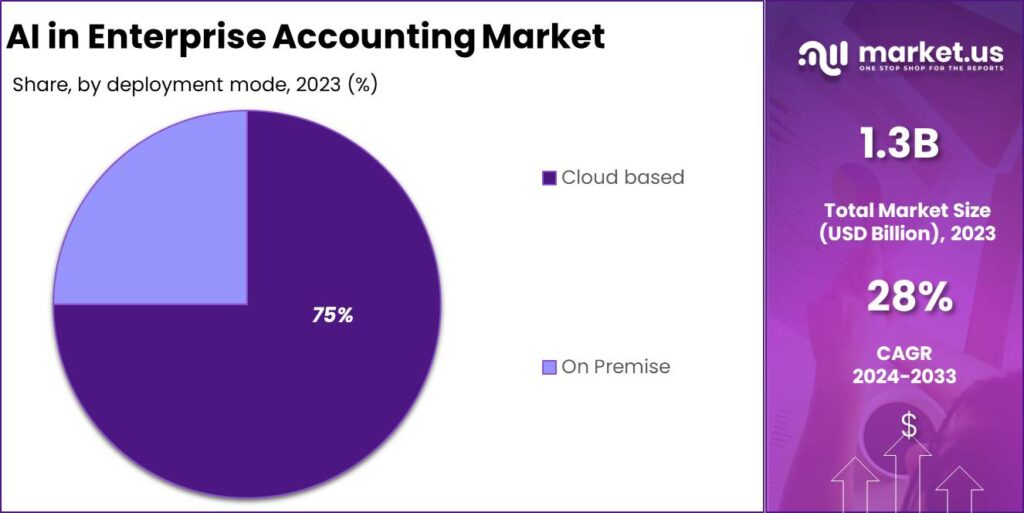US container import tariffs averaging 21%, says Maersk

Importers are paying an effective 21% tariff on all containerized imports entering the United States, the world’s second-largest ocean line said.
That’s less than half the rate of the peak average earlier this year, Maersk said Wednesday in a market update.
“On average, companies are currently paying an effective average tariff rate of approximately 21% relative to container load on all U.S. imports, according to Maersk’s container-weighted effective average tariff rate metric,” the company said. “At its peak, shortly after April 2, the average effective rate was 54%.”
China and the U.S. announced a 90-day pause in their escalating tariff fight April 9. That pause ends July 9, and some extend to next month, but it’s unclear how many new trade agreements Washington will complete by then, or whether tariffs will return to previous levels.
Washington has come to basic terms on trade deals with China, Vietnam, and Great Britain.
“Visibility has worsened and trade barriers have increased since the U.S. formally announced its tariff package to the world on April 2,” Denmark-based Maersk (OTC: AMKBY) said. “For now, most country-specific import tariffs are paused while long-term deals are being negotiated, with deadlines coming up in July and August. However, there are still trade tariffs impacting how companies move their cargo, particularly between the U.S. and China.”
Ocean container rates from China to U.S. West Coast ports have fallen sharply in recent weeks on weaker demand following an initial surge as liner operators rushed to restore vessel capacity during the tariff pause.
At the same time, the SONAR Inbound Ocean TEU Volume Index as of July 3 was 2307.46, compared to a high mark of 2693.35 in June, 2021.
Some U.S. companies in apparel and fashion have shifted their sourcing, and have reached “single-digit” dependency on Chinese manufacturing, said Maersk Chief Commercial Officer Karsten Kildahl, in the update.
“[O]ther commodities like home improvements have a significantly higher level of Chinese manufacturing due to the nature of the goods. This is not just a short-term tactical reaction to escalating geopolitical tensions, but rather a long-term strategic move to future-proof supply chains and remain resilient.”
Global container demand grew 6.1% in the first quarter, comparable to previous quarters. Maersk said preliminary second quarter figures will reveal a high degree of volatility triggered by tariff announcements.
The company in May said global container demand would be within a wide range of –1% to 4% for all of 2025.
Story continuesThe company added that tensions in the Middle East continue to make the Red Sea-Suez Canal an elevated security risk.
Maersk said its Gemini services with Hapag-Lloyd (OTC: HLAGF) had a 90.9% schedule reliability in May, above its 90% forecast.
Find more articles by Stuart Chirls here.
Related coverage:
China trade outlook improves, container rates — not so much
Why 44% fewer cancelled sailings could be [blanking] bad news for SoCal trucking
US maritime chief ‘not a big fan’ of ocean carriers’ ‘approach’ as agency reviews antitrust immunity
Drewry: No “lasting impact” from tariff break as ocean rates fall again
The post US container import tariffs averaging 21%, says Maersk appeared first on FreightWaves.













